How to Calculate the Size of an Electric Motor
By Sebastian Orellana
Updated Feb 17, 2024
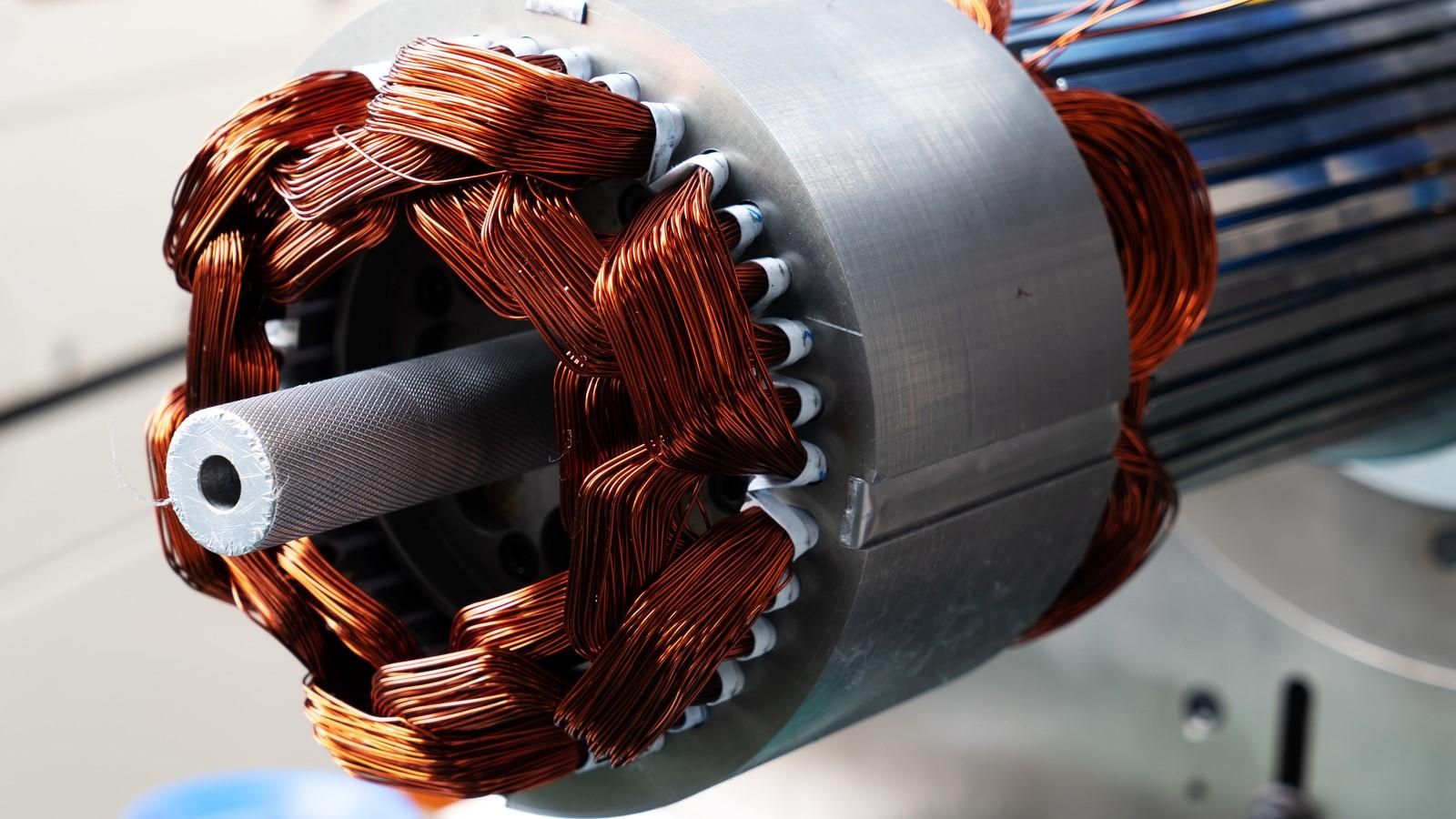
When faced with the task of selecting an electric motor for a particular application, it is essential to understand how to calculate the size of the motor that is required. This article will provide an overview of the various factors that should be considered when calculating the size of an electric motor, including the application's load, speed, voltage, and power requirements. Additionally, this article will guide how to use online tools to calculate the motor size needed.
Table of Contents
READ: Where to Buy an EV Conversion Kit for Sale
Load Requirements
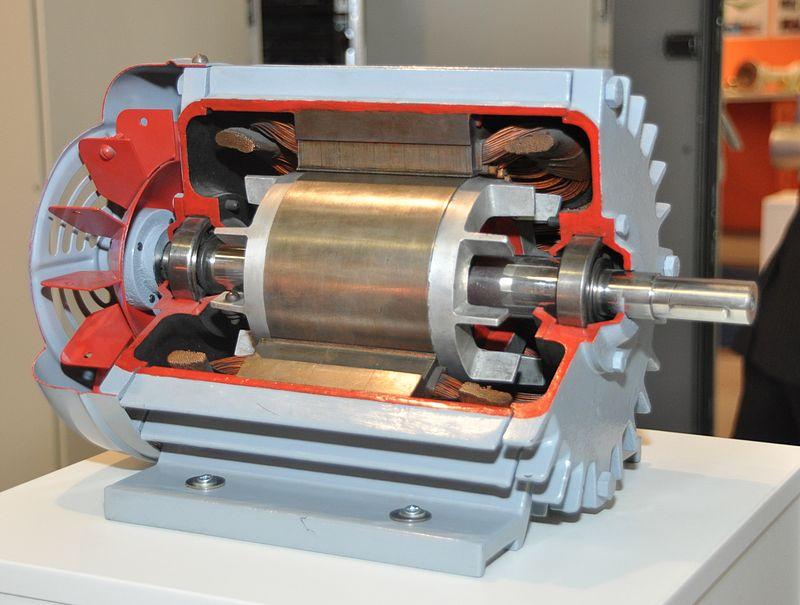
The first step in determining the size of an electric motor is to consider the load requirements of the application. The load is the amount of work that the motor must be able to perform and is typically measured in units such as horsepower, kilowatts, and newtons. It is also essential to understand the type of load the motor will be required to carry, such as whether it is continuous or intermittent. This information will help to determine the size of the motor that is needed for the application.
Speed Requirements
The next factor to consider when determining the size of an electric motor is the speed requirements of the application. The speed of an electric motor is typically measured in revolutions per minute (RPM). It is important to understand the speed requirements of the application to ensure that the motor can meet the needs of the application.
Voltage Requirements

The voltage requirements of the application are also important to consider when selecting an electric motor. The motor's voltage should match the application's voltage to ensure that the motor can operate properly. If the voltage of the motor is too high or too low, it can cause damage to the motor or the application.
Power Requirements
When selecting an electric motor, the application's power requirements should also be considered. The power of the motor is typically measured in watts, and it is essential to understand the application's power requirements to ensure that the motor can meet the needs of the application.
Online Tools
Various online tools can help calculate the size of an electric motor needed for a particular application. These tools can be used to input the application's load, speed, voltage, and power requirements, and they can estimate the motor's size.
Motor Sizing Charts
Motor sizing charts can also help calculate the size of an electric motor needed for a particular application. These charts provide a range of motor sizes that are suitable for various applications, and they can be used to determine the motor size that is needed quickly.
Establishing Motor Needs
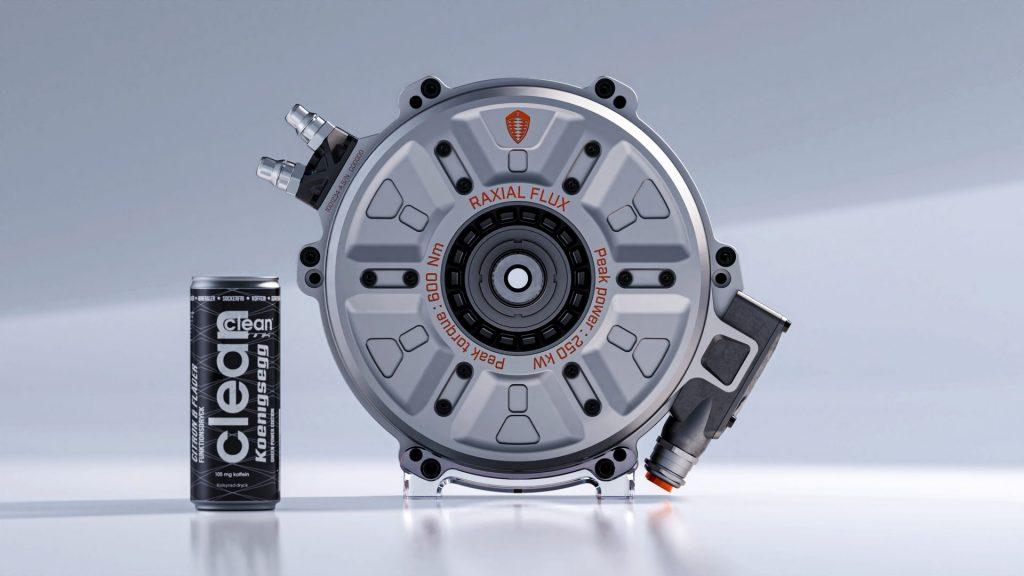
The first step in determining the size of an electric motor is to establish the needs of the motor. This involves considering the motor's power requirements, the type of application it will be used for, and the environment in which it will operate. The power requirements of a motor are based on the torque and speed it needs to generate. The type of application will determine the type of motor that will be needed, and the environment will determine the power source and other environmental factors that may affect the operation of the motor.
READ: Understanding the Cost Breakdown of DIY EV Conversion
Calculating Power Requirements
Once the motor needs have been established, the next step is calculating the power requirements. This can be done using a power equation, which considers the torque and speed the motor needs to generate. The equation considers the variables of torque, speed, and power and uses them to calculate the motor's power requirements.
Calculating Motor Size
Once the power requirements have been established, the next step is to calculate the size of the motor. This can be done by using a motor sizing equation, which considers the power requirements and the type of application for which the motor will be used. The equation considers the power, power density, and motor size variables and uses them to calculate the motor size needed for the application.
Determining Motor Voltage
The next step is to determine the voltage of the motor. This can be done by using a voltage equation, which considers the power requirements and the type of application the motor will be used for. The equation considers the power, voltage, and current variables and uses them to calculate the motor's voltage needed for the application.
Estimating Motor Life
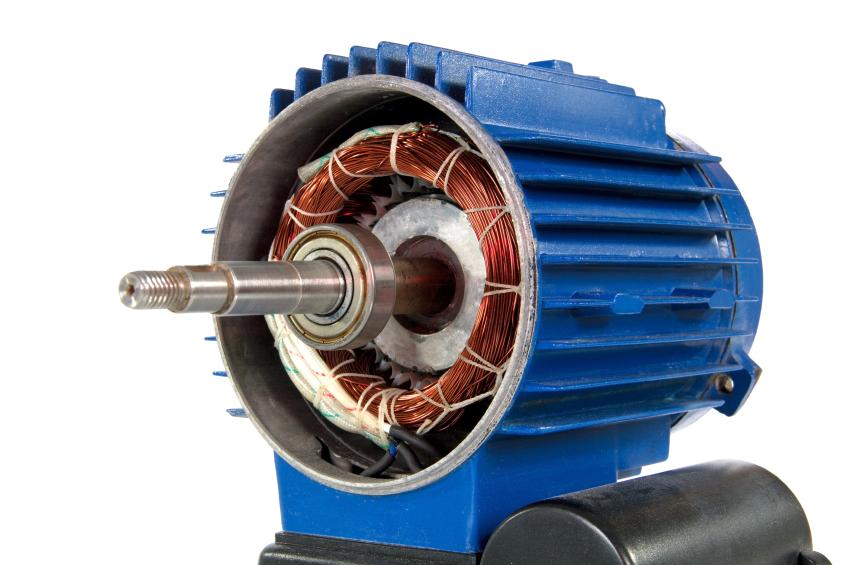
Once the size and voltage of the motor have been determined, the next step is to estimate the motor life. This can be done using a motor life equation, which considers the power requirements, the type of application the motor will be used for, and the type of environment in which the motor will operate. The equation considers the variables of power, motor type, environment, and motor life and uses them to calculate the expected life of the motor.
Comparing Motor Options
Once the motor's size, voltage, and expected life have been determined, the next step is to compare the available motor options. This can be done using a motor comparison equation, which considers the power requirements, the type of application the motor will be used for, and the type of environment in which the motor will operate. The equation considers power, motor type, environment, and motor performance variables and uses them to compare different motor options.
Calculating Cost
Once the motor's size, voltage, expected life, and performance have been determined, the next step is to calculate the cost of the motor. This can be done using a motor cost equation, which considers the power requirements, the type of application the motor will be used for, and the type of environment in which the motor will operate. The equation considers the variables of power, motor type, environment, and motor cost and uses them to calculate the cost of the motor.
Choosing the Right Motor
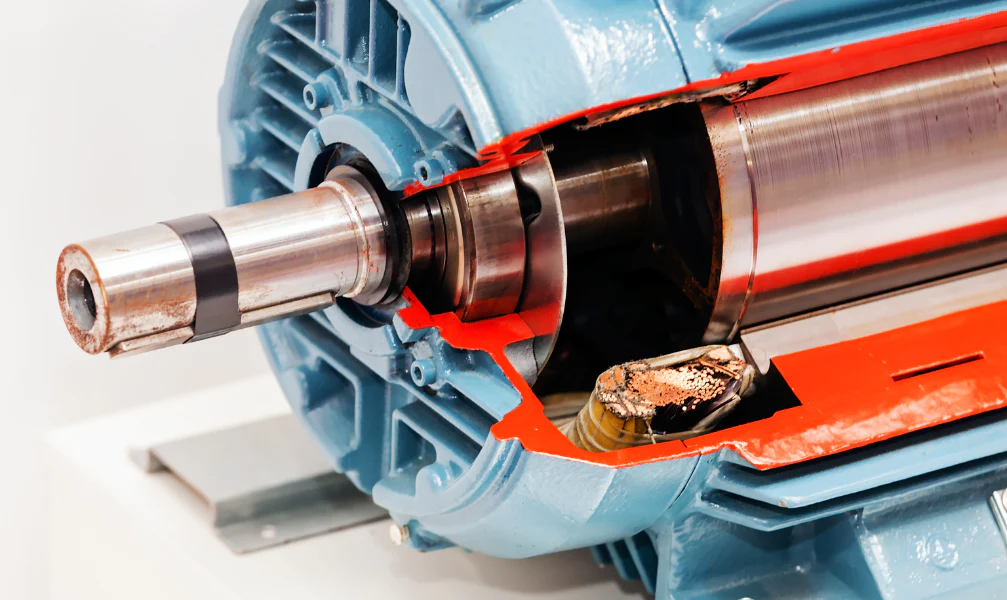
Once the size, voltage, expected life, performance, and cost have been determined, the last step is to choose the right motor for the application. This can be done by considering the application's needs, the environment where the motor will operate, and the available budget. By taking all of these factors into account, a suitable motor can be chosen for the application.
Professional Assistance
If the electric motor's size is unknown, it is vital to seek professional assistance. A qualified electrician or engineer can guide the motor size needed for the particular application.
READ: Life-cycle Analysis of Electric Vehicles and Their Environmental Impact
How to Calculate the Size of an Electric Motor - Conclusion
In conclusion, various factors should be considered when calculating the size of an electric motor, including the application's load, speed, voltage, and power requirements. Additionally, online tools and motor sizing charts can help calculate the motor size needed. If the size of the motor is not known, it is essential to seek the assistance of a qualified electrician or engineer.
